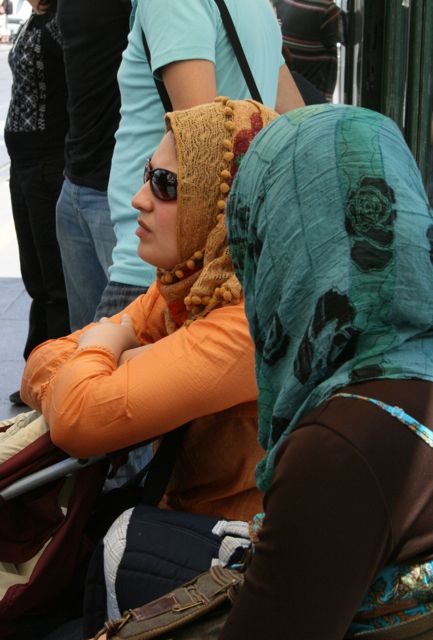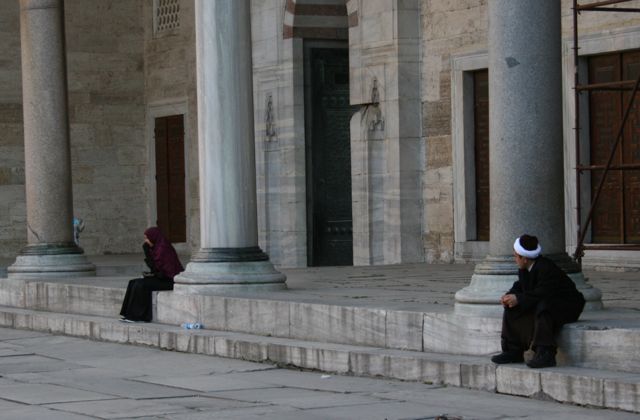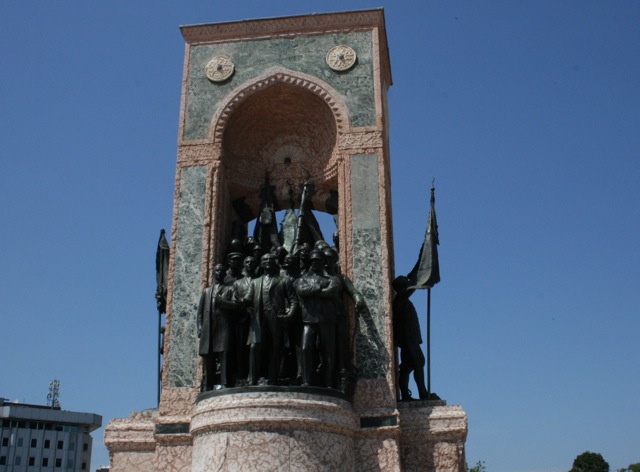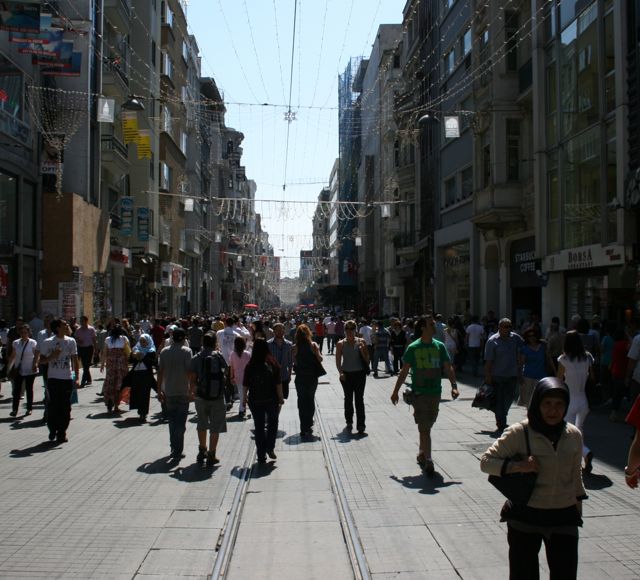This blog is going to be a bit quiet for a while because I’m traveling in Turkey and Jordan. I’ll be in Istanbul until the 13th of June, then going to Petra in Jordan for 3 days.
I had read a lot about ancient Constantinople – I knew the history of the region – but I was not prepared for Istanbul. I guess I imagined it to be a crowded, modern quite European city. I really could not have been more wrong. Of course there is a ultra modern part of Istanbul, which has some outstanding pieces of modern architecture. Those kind of things might take my breath away momentarily, but they aren’t what makes me lose my heart to a city.
They say that Istanbul is where East and West meet and I expected that geographically. What I didn’t expect was the very visible clash between traditionalism and a poignant early 20th Century type of modernism. I don’t want to go into political detail here, I just want to talk about the concrete form of the city – the way those ideas brand themselves upon a place, in its bones. Istanbul has that great struggle marked on it indelibly in its architecture. But it is also very strongly visible in the people.
I’m staying in the old part of the city – Sultanamet. It’s called the Golden Horn. A peninsula that sticks out into the Bosporus, surrounded by the water on three sides. It’s home to the Hagia Sophia, the Palace of the old Ottoman Sultans and the great Blue Mosque. The roads are all cobblestoned and twisted. Everywhere are outcroppings of ancient stone walls from the old palace that is buried under the city. It’s a very devoutly Muslim part of the city. About 80% of the women I see here are wearing headscarves. They maybe colourful as hell and all funked up, but they are adhering to the Muslim convention that women should cover their hair.
Across the Galata bridge and up a steep hill is Taksim square, with its 20th Century monument to Turkish secular nationalism. There’s a crazy little tram that travels all the way down the broad passage of Istiklal Caddesi – a pedestrian & tram only boulevard lined on both sides with the modern chain stores you see in any major city. However, between the polished facades of Benetton and Starbucks shops there are flashes of faded 19th Century rationalism, struggling to stay on the street, to matter, to be admired.
Here there are almost no headscarves. Young Turks stroll up and down the boulevard in the kind of gear you’d see in any Western city. Ratty, dreadlocked boys are plastering gig posters to walls. Girls are parading in their trendy finery, garnering the attention of their opposites. Tucked into the alleys that lead off the great street are funky bars, crowded with beer drinkers and snack nibblers. There are fruit and fish shops, electronics stores, bakeries, and a thousand crumbling 19th Century townhouses with weeping, flaking rococo facades.
I can taste the clash of these two compulsive ideologies on my tongue here. A war that has brewed for 100 years. The safety and order of the traditional. The bright-eyed rationalism. And still the huge boats push through the Bosphorus, bringing their cargoes of everything. It’s easy to see why this was always a city in flux. Those ships always brought new ideas with them. The problem now is that those ships are tired and rusted and all they bring is cargo containers. And so the city slumbers and crumbles in the heat, waiting to be invaded by something new.







